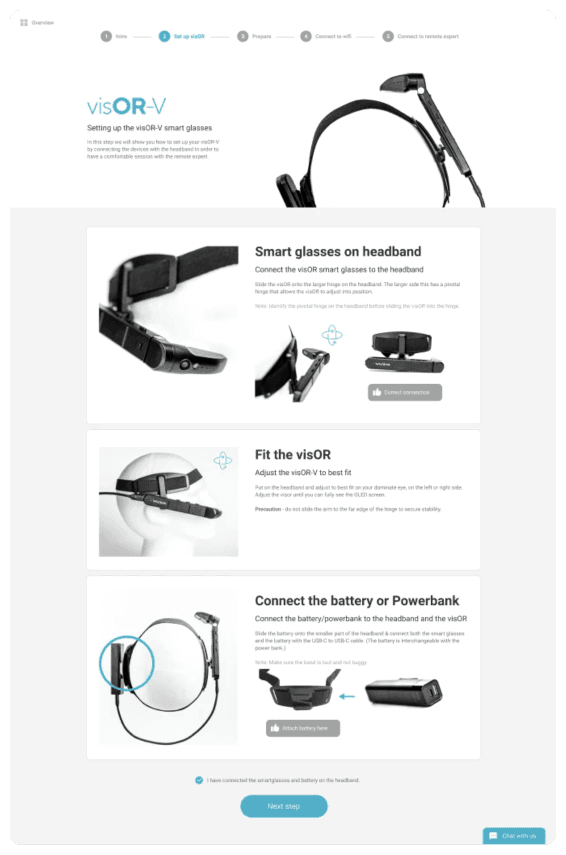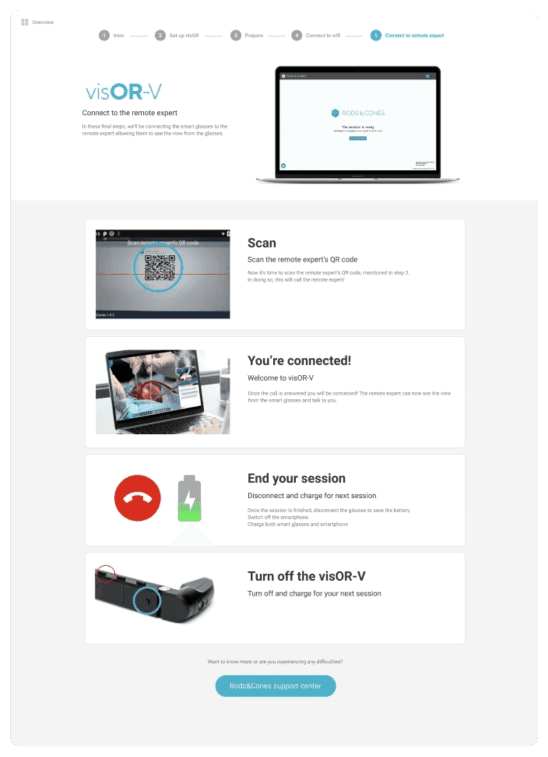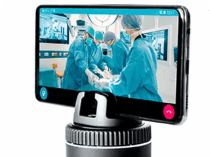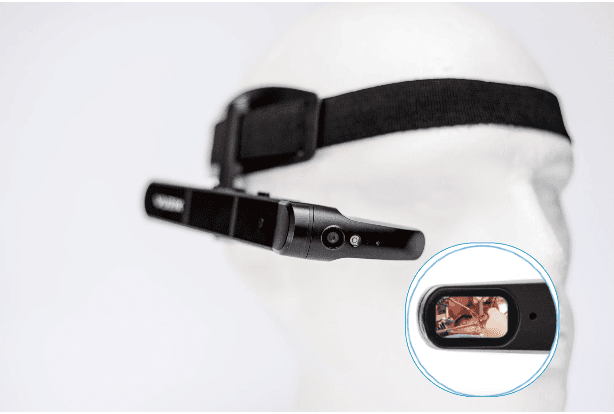The Challenge
Rods&Cones is a MedTech startup offering remote access tools for surgical environments — combining multiple hardware devices and apps into one ecosystem. Onboarding users across hospitals globally was complex, inconsistent, and highly support-dependent. Our goal was to design a scalable, self-serve onboarding experience that could support everything from smart glasses to admin portals — reducing reliance on human support, while improving product activation and confidence.
Key Outcomes
Increased adoption of key products, including smart glasses, across international teams
Significantly reduced onboarding-related support load
Positive feedback from clients like Johnson & Johnson and Medtronic
Enabled cross-team, multi-language rollout with minimal friction
My Role
As Lead UX Designer, I owned this project end-to-end — from identifying pain points through research, to testing onboarding content in operating theatres, and delivering a cohesive experience that worked across devices, roles, and environments.
Discovery & Research
Conducted user interviews and usability tests with surgeons, medical reps, and support staff
Travelled globally to observe usage in real hospital settings and gather insights across cultures
Uncovered major gaps in product understanding and inconsistent onboarding practices between teams
Design Strategy & Execution
Created a modular onboarding system:
Designed an interactive Learning Management System (LMS) to house product guides and tutorials
Wrote, designed, and produced quick-start guides, certification pathways, and how-to videos for 5+ tools
Adapted content to environments with no Wi-Fi (e.g., printed guides, offline PowerPoint videos)
Directed a high-quality photo shoot to visually unify onboarding materials across products
Tools used: Figma, WordPress, PowerPoint, Notion, Miro, UserTesting, Wirewax (for interactivity)
Impact & Takeaways
This onboarding overhaul helped Rods&Cones scale more effectively, activate new users faster, and support hospital teams with fewer bottlenecks. Instead of relying on long 1:1 calls, clients could now onboard independently — building trust, saving time, and improving overall product perception.
Beyond design work, this project taught me how to bridge hardware/software complexity with clarity, and how to scale onboarding for global adoption without losing empathy or user support.



Retrospective
Key Learnings:
Understanding the variations in our user personas was crucial. Surgeons, nurses, and medtech sales teams all had different levels of technical ability and different needs in terms of onboarding. Additionally, the lack of Wi-Fi in some operating rooms was a recurring issue that complicated the setup process for certain products.
Low Budget, High Impact:
Despite a limited budget, we achieved the "futuristic medical" style I envisioned, thanks to the use of photography and minimalist design. The end result was polished and professional, without exceeding cost constraints.
Placement & Accessibility:
We needed to ensure that the "Get Started" guides were easy to access on the marketing site. The guides were embedded directly into the WordPress platform, but post-launch user testing revealed that more hand-holding was required. Customers were still struggling with some of the setup steps, so we introduced video tutorials to complement the written guides.
Measure of Success
Success Metrics:
We measured success by monitoring:
The reduction in customer service tickets related to onboarding.
Positive feedback from users who found the setup process easy.
Continuous usage of the smart glasses and other products after initial setup.
By making the onboarding process smoother and more intuitive, we were able to enhance the user experience and increase product adoption.
Conclusion
The Rods & Cones Get Started Guides project was a significant step toward improving customer onboarding. By simplifying the setup process, we helped medics and other professionals quickly engage with the products, ultimately building trust and loyalty. Through thoughtful design, research, and user testing, we crafted a streamlined onboarding experience that caters to a diverse, global user base.






